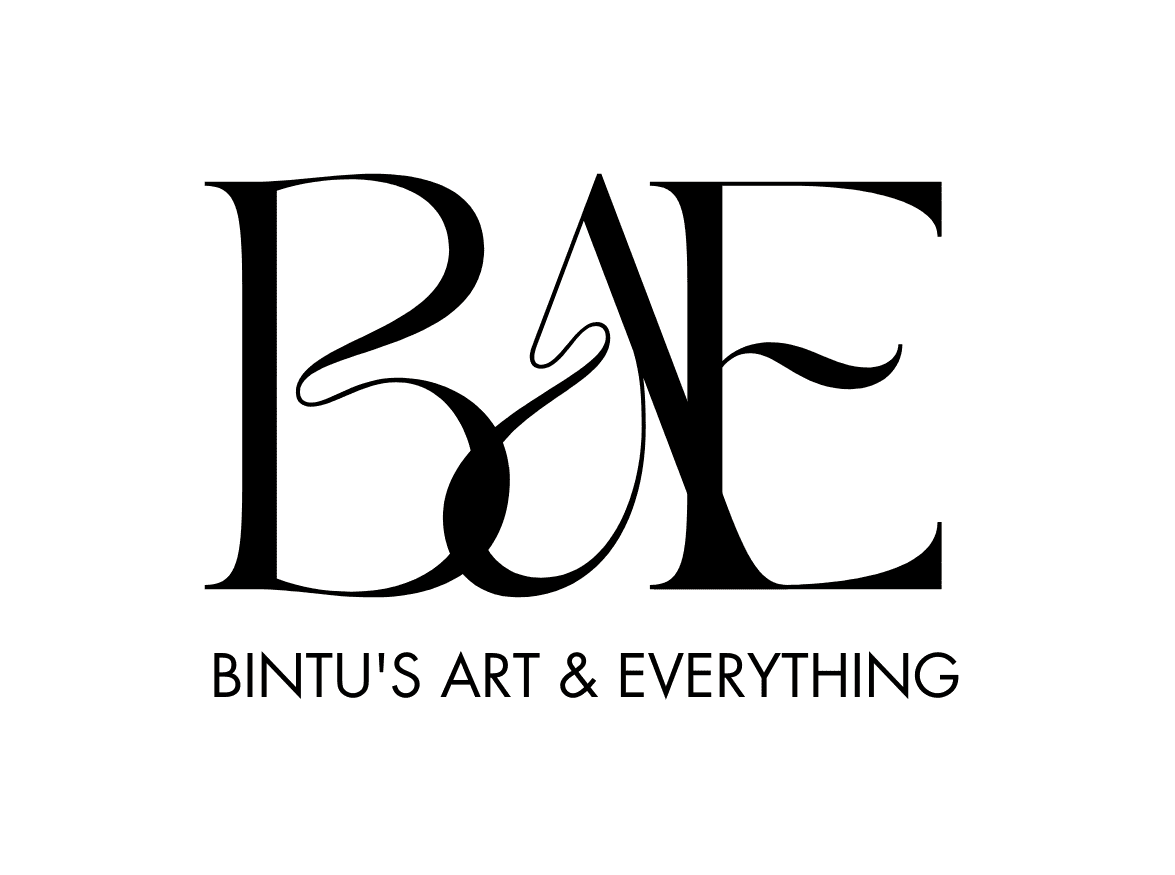In recent weeks, a growing tension in the tech world has come into sharp focus. Some of Silicon Valley’s most powerful voices have publicly challenged the groups dedicated to keeping artificial intelligence safe.
This clash raises big questions about how we develop AI, who gets to decide the rules, and what the future may hold.
The Players and What Happened
On one side we have tech leaders like David Sacks (White House AI & Crypto Czar) and Jason Kwon (Chief Strategy Officer at OpenAI). They have accused AI safety organizations of working behind the scenes for self-interest.
On the other side are safety advocates: nonprofits, researchers, and experts who warn that AI may cause harm unless it is carefully managed. These groups say the recent attacks are meant to intimidate them, not engage on the issues.
What They Are Saying
David Sacks accused Anthropic of “running a regulatory capture strategy” by pushing laws like Senate Bill 53 in California that demand reporting and oversight of large AI companies.
Jason Kwon revealed that OpenAI had issued subpoenas to several safety nonprofits after they opposed its restructuring. He raised questions about how they were funded and whether they had hidden agendas.
These comments have triggered fear among some safety advocates. Many are now working anonymously or behind closed doors because they worry about retaliation or losing support.
Why This Matters
Artificial intelligence is becoming a major part of our lives from chatbots to image generators to smart assistants. With that growth come risks. Experts warn about job loss, bias, misinformation, and in worst-case scenarios even new kinds of threats.
Safety advocates argue we need guardrails now, while some tech leaders believe too much regulation will slow innovation and hurt progress. This clash is at the heart of the recent drama.
What we choose now will shape how AI develops, who benefits, and who is protected.
The Role of Regulation
California’s SB 53 is a landmark law requiring large AI companies to report safety practices. Anthropic supports it; OpenAI does not.
The contrast shows one of the core debates: Should regulation happen now and possibly slow some things down? Or should companies be free to push ahead and innovate without tight rules?
The tech world is watching closely. How regulation plays out will determine the next decade of AI.
The Impact on Safety Advocates
Safety groups feel under pressure. Some leaders told media outlets they are scared of losing funding or being attacked for speaking out.
One nonprofit leader said that for safety advocates, “the last thing you want is being silenced when you are trying to protect everyone.”
If these groups stay quiet, fewer voices will push for caution as AI grows. That could make us all more vulnerable to unintended consequences.
Who Gets Hurt If This Conflict Escalates?
- General public: Without checks, AI systems might make unfair decisions, spread false information, or reinforce bias.
- Workers: Automation and AI could replace many jobs. If safety isn’t built in, some groups could lose out.
- Developers and smaller companies: If regulation is too harsh, only big players will be able to comply, reducing competition.
- Safety community: If safety advocates are silenced or weakened, there will be less oversight when things go wrong.
What Comes Next?
The tech world is heading toward a rough patch of intense policy fights, public debate, and corporate strategy shifts.
Big questions remain:
- Will AI companies accept more oversight and transparency?
- Or will they continue to push for freedom and fast growth?
- Will safety advocates gain more voice or face more backlash?
- How will governments respond globally?
Why You Should Care
Even if you are not building AI, you are affected by it. You use AI in apps, browsers, phones, and more. The rules we set now will influence how fair, safe, and trustworthy this technology becomes.
When big players in Silicon Valley question the motives of safety groups, it reveals how much is at stake not just technological progress, but trust, ethics, and the future of work.
The Bottom Line
Silicon Valley’s recent stance has spooked the AI safety community. What was once a behind-the-scenes warning system for AI risks now finds itself in public conflict with tech giants.
As AI grows into every corner of our lives, this conflict matters. Innovation is important, but so is safety. How we balance those two will determine whether AI becomes a tool for everyone or a risk for many.
The message is clear: We are at a crossroads. The path we choose now between speed and stability will shape our future with AI.
Also Read:Anthropic Launches Claude Haiku 4.5-What This Means For Users
